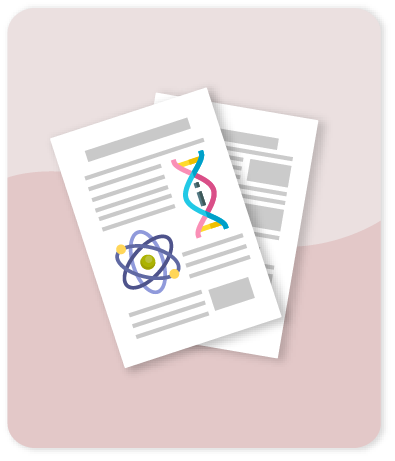Potassium Currents Affect the Rotor Dynamics in a Fractional-order Model of Atrial Fibrillation

Compartir este ítem
Fecha
2023Autor
Ugarte J.P
Tobon C
Hernandez A.
Citación
Metadatos
Mostrar el registro completo del ítemResumen
Atrial fibrillation (AF) is characterized by chaotic electrical activity in atrial tissue. Spiral propagating waves known as rotors are hypothesized as the drivers of the arrhythmia. Thus, investigating the underlying mechanisms of rotors and their true role during AF may lead to therapeutic solutions. It is known that potassium currents affect the rotor dynamics. However, potassium currents alteration may be the result of complex interactions between electrical and atria structural factors. In this study, a computational model of atrial fibrillation is implemented to study the rotor dynamics under electrical and structural modulations of potassium currents. The model adopts fractional derivative operators for representing the atrial structural heterogeneities. In addition, electrical alterations of the potassium currents are implemented. Under such AF configurations, rotors are simulated and characterized through the singularity trajectory. The results indicate that structural alterations, represented by the fractional derivative order, yield a spatial heterogeneous distribution of the peak value of potassium currents. Furthermore, several patterns for the rotor trajectory can be generated by varying the fractional order. The hierarchical clustering technique is used for assessing similarities between rotor trajectories generated by the structural and electrical modulations of potassium. The resulting hierarchical dendrogram reveals similarities and dissimilarities in the rotor dynamics generated by the distinct AF configurations. © 2023 IEEE.
Colecciones
- Indexados Scopus [1632]
